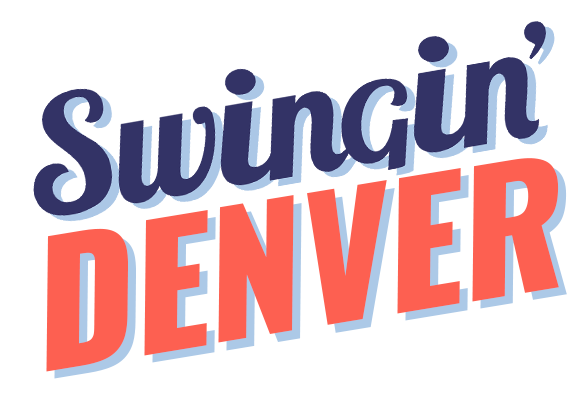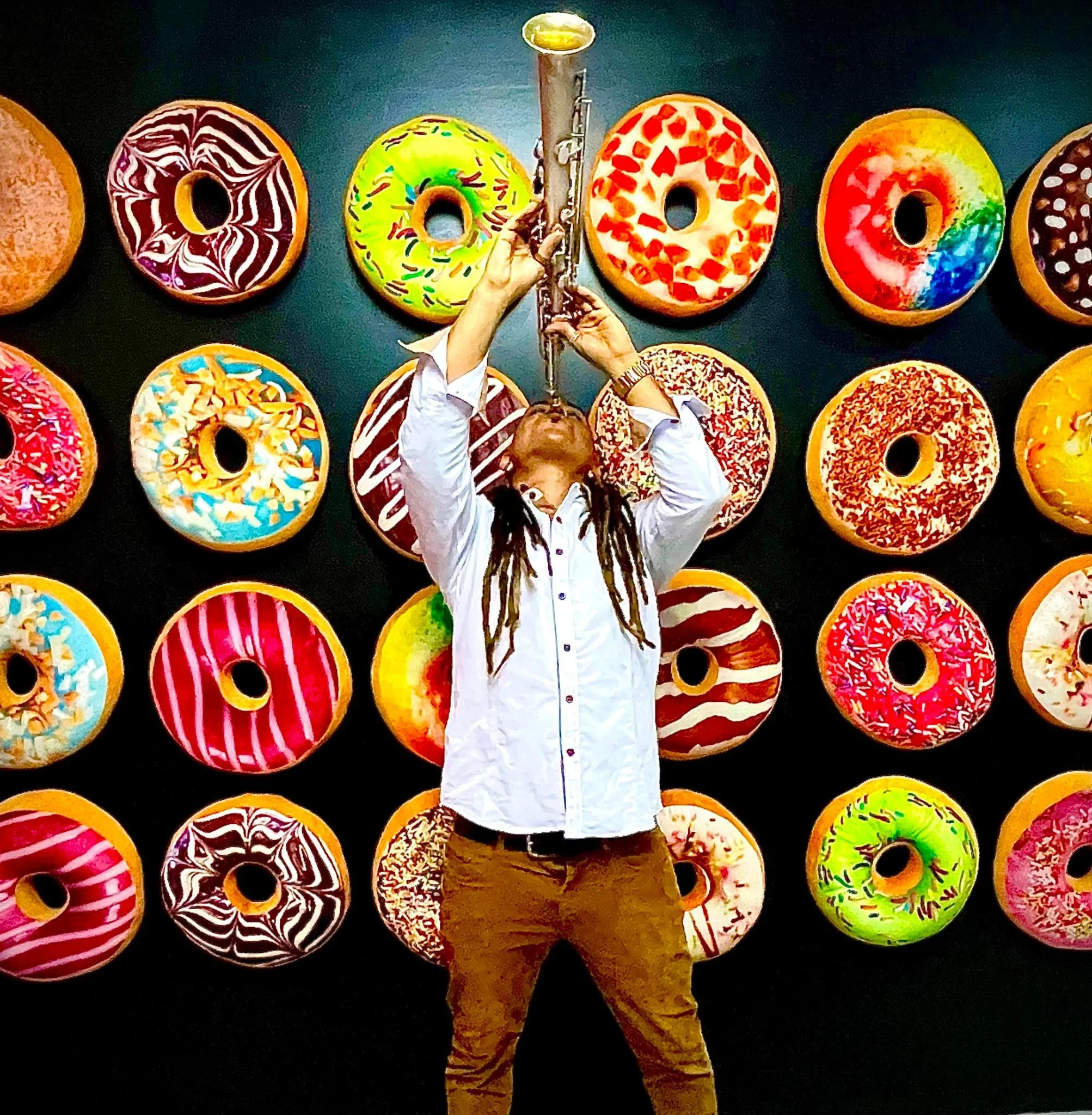Kenny was recently asked “how event organizers decide who to DJ for their larger events. And how I can get on their radars?” and here are his brief thoughts as an organizer and someone who’s been hired for national and international DJ gigs.
Actually, be a disc jockey. It’s okay to start with a playlist, but I want to see someone that is playing to the crowd, adjusting music on the fly, getting people out of their seats with the music you choose. A “create a playlist prior to the event and let it sit” is not a DJ.
Someone that gets people to dance inspired. Mpst people show up to a dance to socialize and to dance. To get someone to dance inspired is another thing entirely.
Be active in relevant groups. It used to be discussion boards and now it’s Swing DJs. If I was interested in scoping potential talent, I might check out DJ groups and see who is participating and how.
Cold emailing organizers and having reputable teacher and/or organizer talent that can vouch for you and offer those references when you first reach out. Less work an organizer needs to do, the better.
Read other DJs blogs like Dogpossum and reach out to other DJs getting hired to see what knowledge you can glean
Reach out to online DJ events like Global Online Social hosted by Pauldances and put yourself out there.
Consider building a resume/CV like my dance one here.
Have a blog sharing your passion.
DJ for a local event that out-of-town guests visit for.





